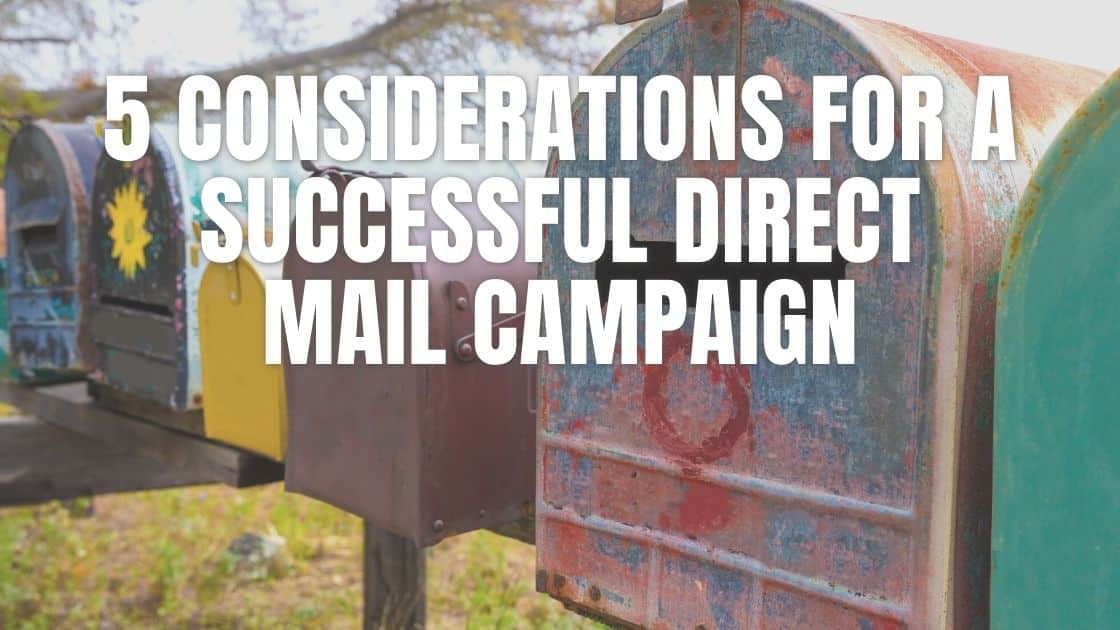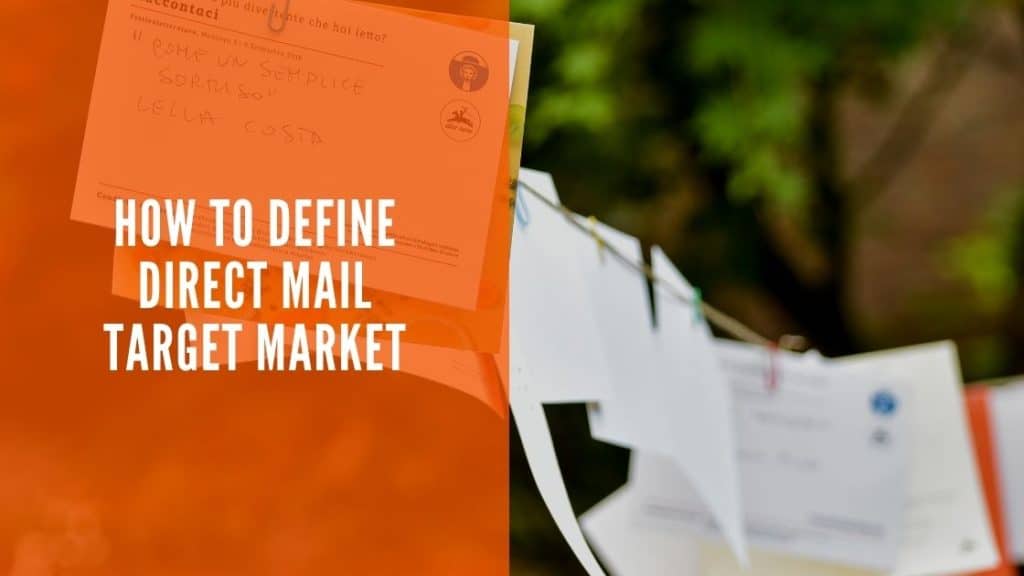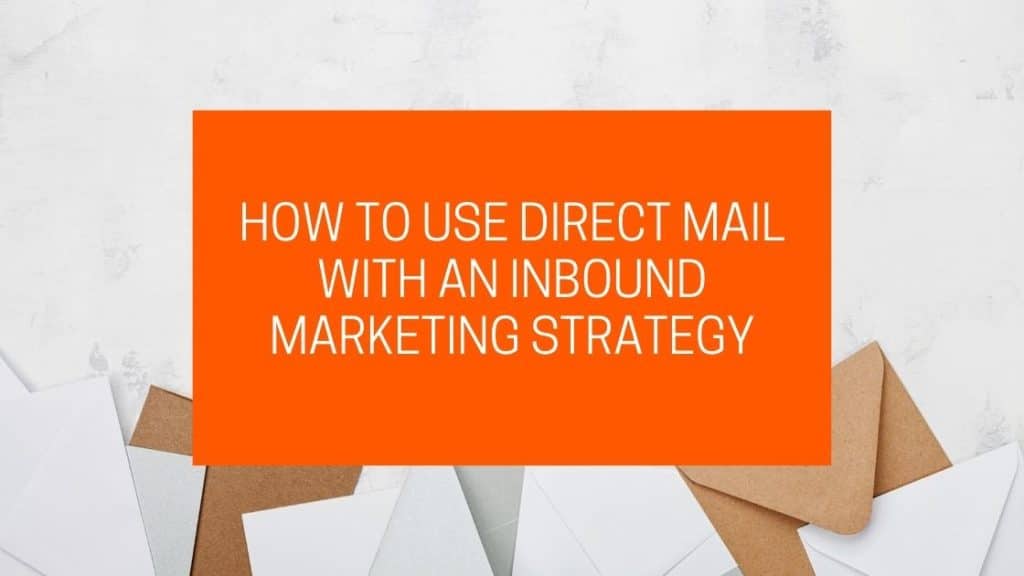Direct mail is a fantastic way to win more members and encourage existing members to continue supporting your mission. It is crucial to consider your design and what your message says when preparing your mail piece. A successfully administered direct mail campaign can boost your brand awareness and spread your mission. Unlike other forms of marketing, sending direct mail to a physical address ensures that your message and branding reach your target audience’s hands.
Here are five steps to consider for a successful direct mail campaign.
Define Your Goal
Planning a successful marketing campaign starts with understanding your goals. What is the purpose of your direct mail campaign? Who are you trying to reach, and what do you want them to do after reading your mailer? Some considerations include your budget, timescale, and your current goal, like generating new leads or brand awareness. Once you have your goals established, you can begin writing a personalized direct mail message.
Craft Your Copy
Crafting a copy is the hardest part for many organizations. The copy needs to portray your brand but also be memorable, personalized, and professional. It must be error-free as well. Your copy needs to be clear and easy to follow with a call-to-action that stimulates a sense of excitement and eagerness to participate. You can include incentives such as discounts or free samples to encourage recipients to take the desired action.
Make sure every aspect of your mail piece speaks to your audience. The more personalized and focused your message is, the higher your ROI will be because most of your audience will feel connected to what you say.
Choose Your Format
Choosing your format and crafting the copy are two parts of a direct mail campaign that go hand in hand. You can’t write a lengthy donation pitch if you are mailing a leaflet or postcard. So, choosing the right format should come first. Based on your direct mail campaign goal, you can decide what direct mail format would work best.
- Postcards are a concise and simple option that is ideal for brief messages. Many organizations use postcards for reminders and special offers. Postcards are a cost-effective option, and there are a variety of styles and sizes to choose from instead of defaulting to the standard postcard size.
- A traditional letter is an excellent option if you require confidentiality like a form. Lead letters can be highly personalized for committed members. They are also a great addition to a broader marketing campaign that includes brochures or catalogs.
- Catalogs are very popular and boast a high audience engagement rate. They are a good choice if you have numerous products available and an excellent way to bring awareness to prospects who don’t know about your brand.
Use Identifying Codes
You should always gauge the success of your campaign. Simple coding formats allow you to earmark each mailshot with a batch number. At a minimum, your coding should include a way to identify each recipient and track engagement. Some identification options include the month and year of the mailing, which list the campaign went out to, or what offer the campaign included. It’s up to you whether you use just numbers or a mixture of numbers and letters. When responses arrive, you can track the codes to determine what worked best, and then use them in follow-up campaigns.
Test in a Small Batch
Testing on a small batch of your list makes sense, especially if your mail list is extensive. Depending on the response, you can make changes if necessary, which helps you control the budget and maximize your ROI.
Not testing your campaigns can be a costly mistake for current and future campaigns. Always test a small batch, and if it doesn’t perform well, you can start over without spending the bulk of your budget. Once you find a successful batch, you can expand the mailing to the entire mailing list.
Valtim’s Short-Term Campaign Options
Think about timing when you are planning a direct mail campaign. Short-term campaigns are a proven way to boost slower periods, and they can make a significant difference in your year-end numbers. You can use seasonal campaigns to attract new members to or to engage your existing members. Valtim can help your organization design and ship short-term campaign materials. Our short term campaign options will help boost your ROI and help spread awareness of your mission.



